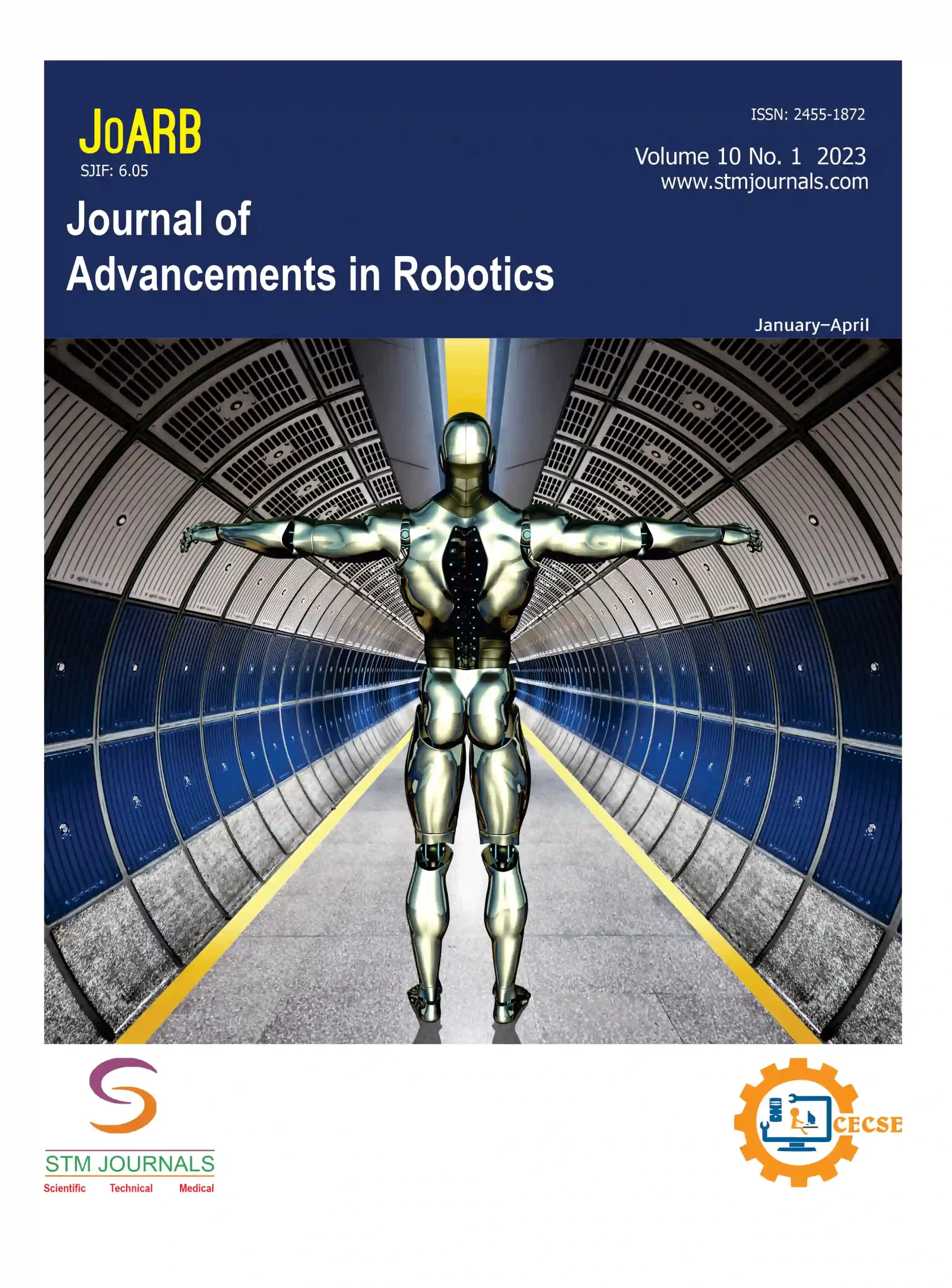[{“box”:0,”content”:”[if 992 equals=”Open Access”]
Open Access
n
[/if 992]n
n
n
n
n
- n t

n
P. Priyadarshani
[/foreach]
n
n
n[if 2099 not_equal=”Yes”]n
- [foreach 286] [if 1175 not_equal=””]n t
- PG Student, Department of Artificial Intelligence and Data Science Sri Manakula Vinayagar Engineering College, Madagadipet, Puducherry, India
n[/if 1175][/foreach]
[/if 2099][if 2099 equals=”Yes”][/if 2099]nn
Abstract
nChat-bot is software that, rather than facilitating direct interaction with a live human agent, conducts online conversations using text or text-to-speech. Designed to accurately mimic human behavior during conversation. This paper presented a proposed chat system that dynamically responds to web-based customer queries. Speech recognition is the basis of the artificial intelligence used in the proposed system. The web-based platform provides a large intelligence base to help simulate human problem solving. This proposed chat recognizes the context of the user, which determines the specific purpose of the response. The user gets the desired response because it is a dynamic response. The user gets the desired response because it is a dynamic response. The proposed system learned the Chatbot through multiple user responses and questions using machine learning techniques. Today, chatbots are becoming incredibly powerful as AI helps people in every conversation by understanding a user’s question and providing an accurate answer. The goal of the project is to show how chatbots can reduce an organization’s dependence on human labor and the need for different systems to perform different tasks. The user gets the desired response because it is a dynamic response.
n
Keywords: Chatbot, Artificial Intelligence, Machine learning, Web-based.
n[if 424 equals=”Regular Issue”][This article belongs to Journal of Advancements in Robotics(joarb)]
n
n
n
n
n
n
n[if 992 equals=”Open Access”] Full Text PDF Download[else] nvar fieldValue = “[user_role]”;nif (fieldValue == ‘indexingbodies’) {n document.write(‘Full Text PDF‘);n }nelse if (fieldValue == ‘administrator’) { document.write(‘Full Text PDF‘); }nelse if (fieldValue == ‘joarb’) { document.write(‘Full Text PDF‘); }n else { document.write(‘ ‘); }n [/if 992] [if 379 not_equal=””]n
Browse Figures
n
n
n[/if 379]n
References
n[if 1104 equals=””]n
[1] Kohli B, Choudhury T, Sharma S, Kumar P. A platform for human-chatbot interaction using python. In2018 Second International Conference on Green Computing and Internet of Things (ICGCIoT) 2018 Aug 16 (pp. 439-444). IEEE.
[2] Lee RS. Workshop# 1 Basics of Natural Language Toolkit (Hour 1–2). InNatural Language Processing: A Textbook with Python Implementation 2023 Nov 15 (pp. 243-265). Singapore: Springer Nature Singapore.
[3] Geeksforgeeks. Introduction to NLTK: Tokenization, Stemming, Lemmatization, POS Tagging [Online]. Available from https://www.geeksforgeeks.org/introduction-to-nltk-tokenization-stemming-lemmatization-pos-tagging/
[4] Chowdhary K, Chowdhary KR. Natural language processing. Fundamentals of artificial intelligence. 2020:603-49.
[5] Adamopoulou E, Moussiades L. Chatbots: History, technology, and applications. Machine Learning with Applications. 2020 Dec 15;2:100006.
[6] Sunny Kaushik, Rahul. Chatbot using Natural Language Processing (NLP) Techniques. Journal of Emerging Technologies and Innovative Research. 2023;10(9):d200-d204.8
[7] Wang M, Hu F. The application of nltk library for python natural language processing in corpus research. Theory and Practice in Language Studies. 2021 Sep 1;11(9):1041-9.
[8] Mittal M, Battineni G, Singh D, Nagarwal T, Yadav P. Web-based chatbot for frequently asked queries (FAQ) in hospitals. Journal of Taibah University Medical Sciences. 2021 Oct 1;16(5):740-6.
[9] Trouvain J, Möbius B. Speech synthesis: text-to-speech conversion and artificial voices. Handbook of the Changing World Language Map. 2020:3837-51.
[10] Baig MZ, Kavakli M. Multimodal systems: taxonomy, methods, and challenges. arXivpreprint arXiv:2006.03813. 2020 Jun 6.
nn[/if 1104][if 1104 not_equal=””]n
- [foreach 1102]n t
- [if 1106 equals=””], [/if 1106][if 1106 not_equal=””],[/if 1106]
n[/foreach]
n[/if 1104]
nn
nn[if 1114 equals=”Yes”]n
n[/if 1114]
n
n
n
| Volume | 11 | |
| [if 424 equals=”Regular Issue”]Issue[/if 424][if 424 equals=”Special Issue”]Special Issue[/if 424] [if 424 equals=”Conference”][/if 424] | 01 | |
| Received | February 16, 2024 | |
| Accepted | February 29, 2024 | |
| Published | April 5, 2024 |
n
n
n
n
n
nn function myFunction2() {n var x = document.getElementById(“browsefigure”);n if (x.style.display === “block”) {n x.style.display = “none”;n }n else { x.style.display = “Block”; }n }n document.querySelector(“.prevBtn”).addEventListener(“click”, () => {n changeSlides(-1);n });n document.querySelector(“.nextBtn”).addEventListener(“click”, () => {n changeSlides(1);n });n var slideIndex = 1;n showSlides(slideIndex);n function changeSlides(n) {n showSlides((slideIndex += n));n }n function currentSlide(n) {n showSlides((slideIndex = n));n }n function showSlides(n) {n var i;n var slides = document.getElementsByClassName(“Slide”);n var dots = document.getElementsByClassName(“Navdot”);n if (n > slides.length) { slideIndex = 1; }n if (n (item.style.display = “none”));n Array.from(dots).forEach(n item => (item.className = item.className.replace(” selected”, “”))n );n slides[slideIndex – 1].style.display = “block”;n dots[slideIndex – 1].className += ” selected”;n }n”}]


